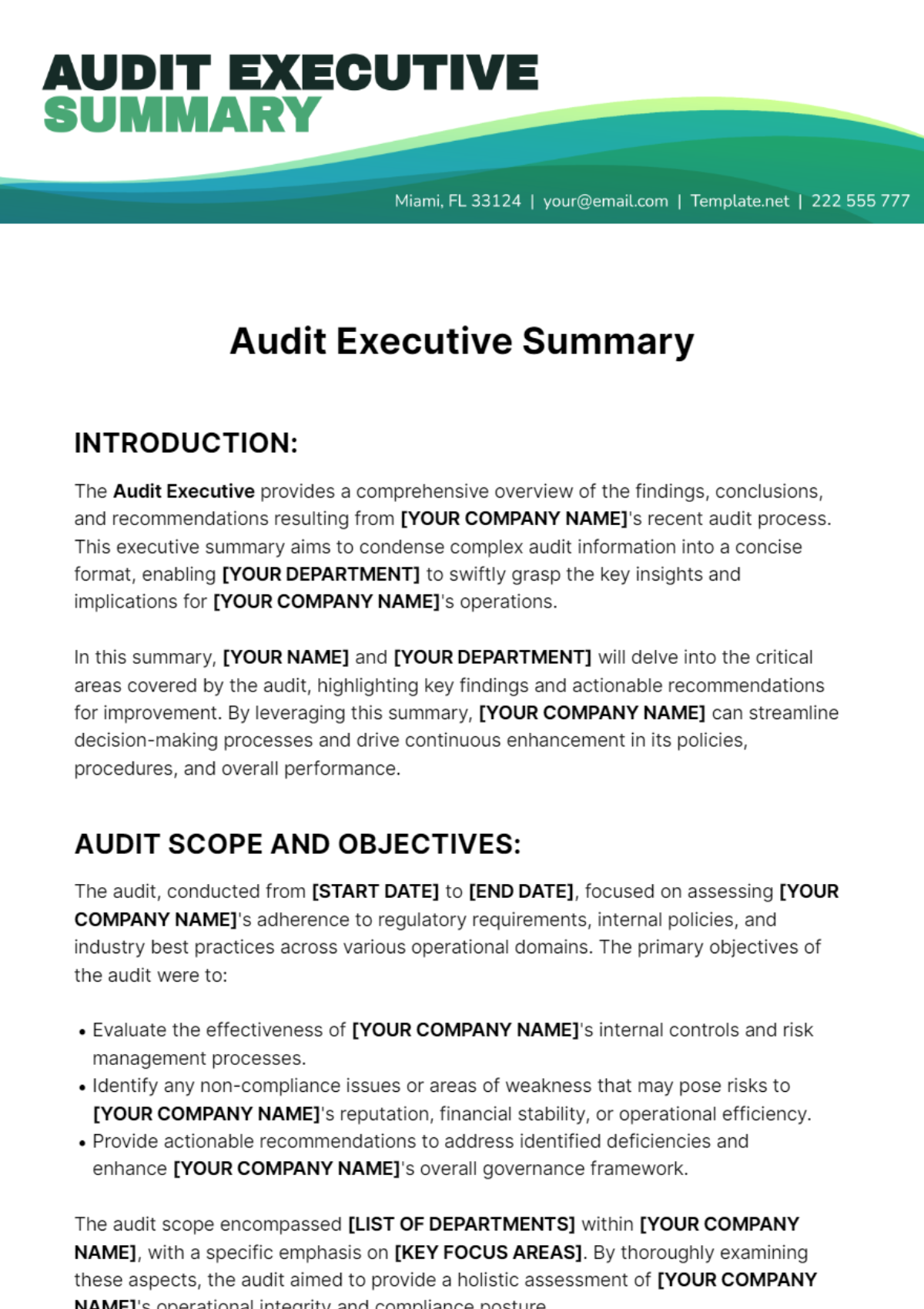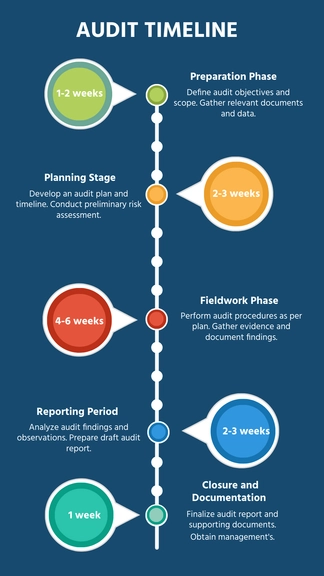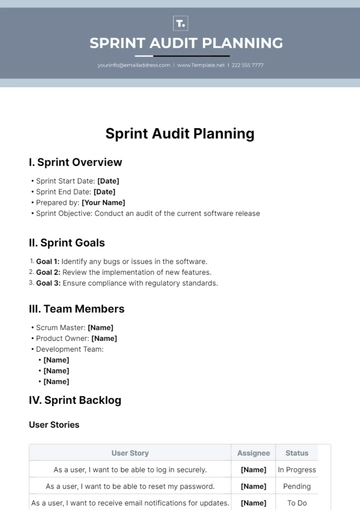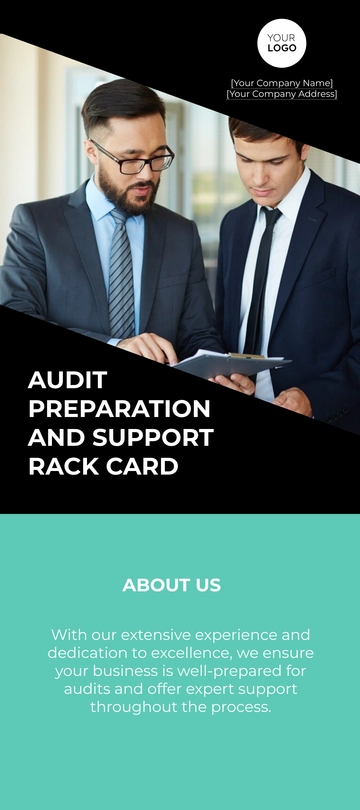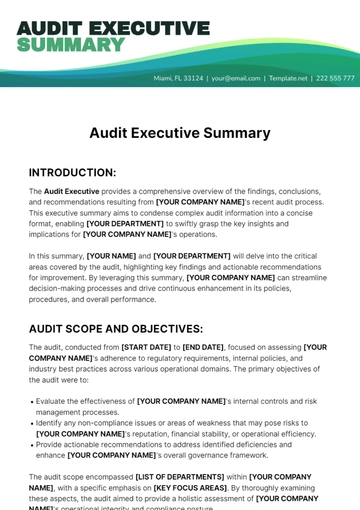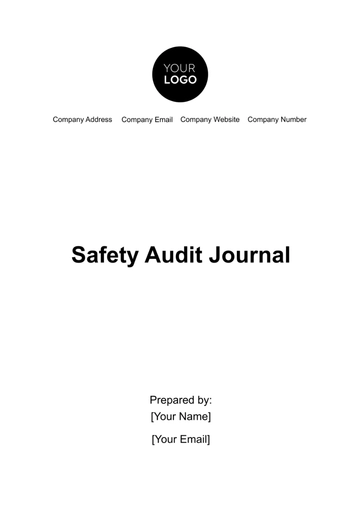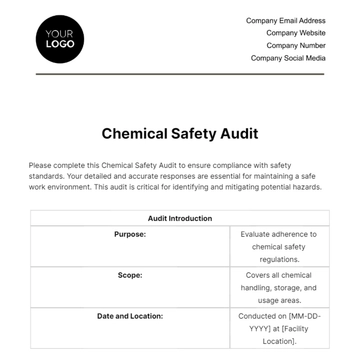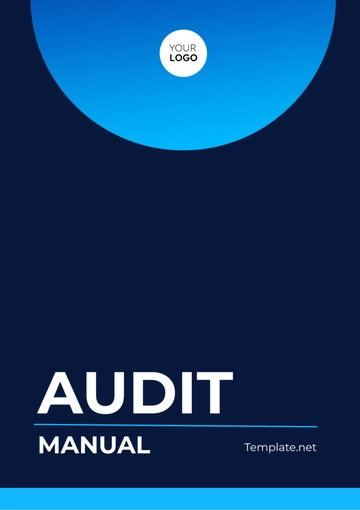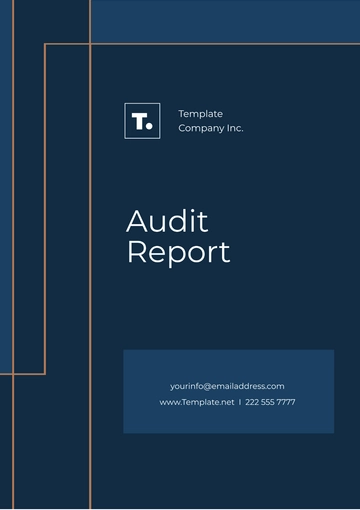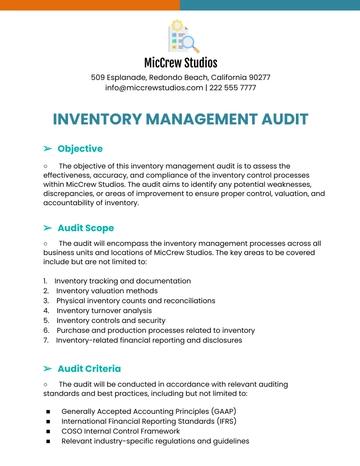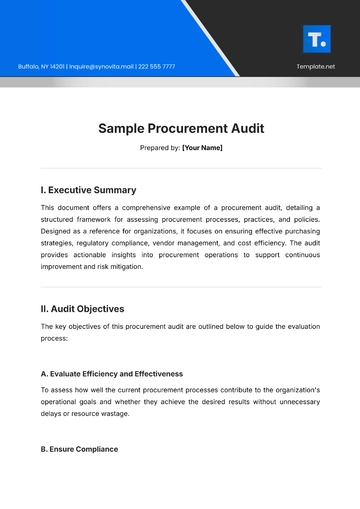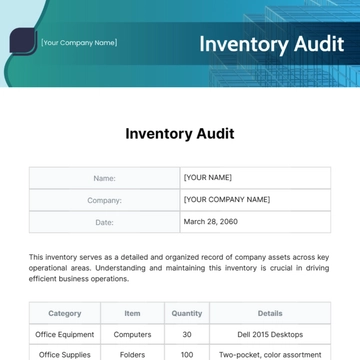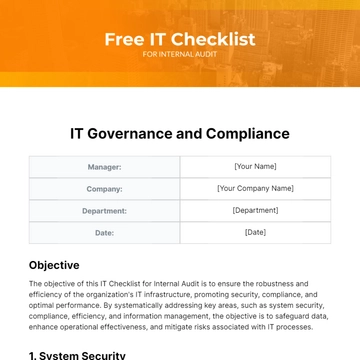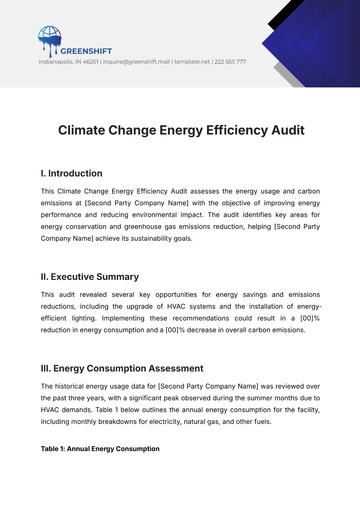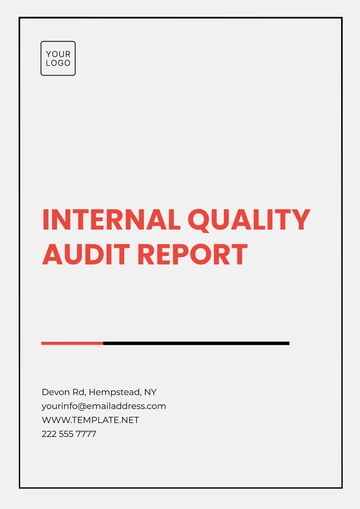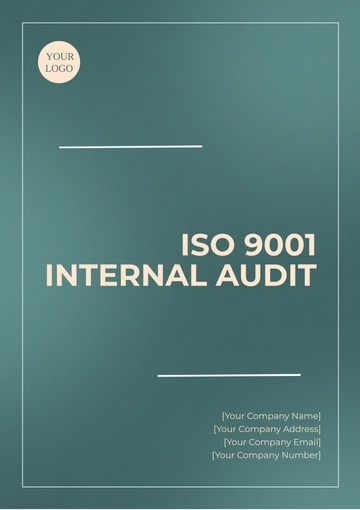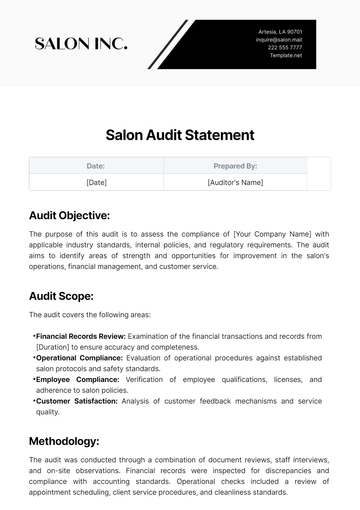Audit Executive Summary
INTRODUCTION:
The Audit Executive provides a comprehensive overview of the findings, conclusions, and recommendations resulting from [YOUR COMPANY NAME]'s recent audit process. This executive summary aims to condense complex audit information into a concise format, enabling [YOUR DEPARTMENT] to swiftly grasp the key insights and implications for [YOUR COMPANY NAME]'s operations.
In this summary, [YOUR NAME] and [YOUR DEPARTMENT] will delve into the critical areas covered by the audit, highlighting key findings and actionable recommendations for improvement. By leveraging this summary, [YOUR COMPANY NAME] can streamline decision-making processes and drive continuous enhancement in its policies, procedures, and overall performance.
AUDIT SCOPE AND OBJECTIVES:
The audit, conducted from [START DATE] to [END DATE], focused on assessing [YOUR COMPANY NAME]'s adherence to regulatory requirements, internal policies, and industry best practices across various operational domains. The primary objectives of the audit were to:
Evaluate the effectiveness of [YOUR COMPANY NAME]'s internal controls and risk management processes.
Identify any non-compliance issues or areas of weakness that may pose risks to [YOUR COMPANY NAME]'s reputation, financial stability, or operational efficiency.
Provide actionable recommendations to address identified deficiencies and enhance [YOUR COMPANY NAME]'s overall governance framework.
The audit scope encompassed [LIST OF DEPARTMENTS] within [YOUR COMPANY NAME], with a specific emphasis on [KEY FOCUS AREAS]. By thoroughly examining these aspects, the audit aimed to provide a holistic assessment of [YOUR COMPANY NAME]'s operational integrity and compliance posture.
KEY FINDINGS:
The audit uncovered several notable findings that warrant attention and remediation by [YOUR COMPANY NAME]. Some of the key findings include:
Control Weaknesses: Weaknesses in internal controls were observed in [IDENTIFIED AREAS], increasing the vulnerability to fraud, errors, and operational disruptions. Strengthening control mechanisms and implementing segregation of duties is essential to mitigate these risks effectively.
Operational Inefficiencies: [PROCESSES] were found to be inefficient, leading to delays, bottlenecks, and resource wastage. Optimizing workflows, leveraging technology solutions, and streamlining procedures can enhance operational efficiency and productivity.
RECOMMENDATIONS:
Based on the findings of the audit, the following recommendations are proposed to address identified deficiencies and enhance [YOUR COMPANY NAME]'s overall governance and compliance posture:
Strengthen Internal Controls: Enhance segregation of duties, implement periodic reviews of control processes, and deploy automation tools to strengthen internal controls and prevent potential fraud and errors.
Optimize Operational Processes: Conduct process re-engineering exercises to streamline workflows, eliminate redundant activities, and leverage technology solutions to enhance efficiency and reduce operational costs.
Mitigate Risks: Develop comprehensive risk management strategies tailored to address identified risks, establish clear risk ownership and accountability, and regularly assess and monitor risk exposure to proactively mitigate potential threats.
By implementing these recommendations, [YOUR COMPANY NAME] can reinforce its commitment to regulatory compliance, operational excellence, and risk management, thereby fostering sustainable growth and resilience in today's dynamic business environment.
IMPLEMENTATION PLAN:
To facilitate the effective implementation of the audit recommendations, [YOUR COMPANY NAME] should develop a structured implementation plan with clear timelines, responsibilities, and milestones. The implementation plan should encompass the following steps:
Resource Allocation: Allocate adequate resources, including budget, personnel, and technology, to support the implementation of the recommendations effectively.
Establishment of Accountability: Assign clear ownership and accountability for each recommendation to relevant departments or individuals within [YOUR COMPANY NAME]. Define roles, responsibilities, and reporting mechanisms to ensure accountability and transparency throughout the implementation process.
Development of Action Plans: Develop detailed action plans for each recommendation, outlining specific tasks, timelines, milestones, and success criteria. Align action plans with [YOUR COMPANY NAME]'s strategic goals and objectives to maximize impact and relevance.
Monitoring and Reporting: Establish robust monitoring and reporting mechanisms to track the progress of implementation efforts, identify any challenges or roadblocks, and escalate issues as necessary. Provide regular updates to senior management and stakeholders on the status of implementation and achievement of milestones.
By adhering to the implementation plan and diligently executing the proposed actions, [YOUR COMPANY NAME] can effectively address the findings of the audit and drive positive change across its operations, governance, and compliance functions.
CONCLUSION:
In conclusion, the [SUMMARY KEYWORD] provides a comprehensive overview of the audit findings, recommendations, and proposed actions to enhance [YOUR COMPANY NAME]'s governance, compliance, and operational efficiency. By embracing the recommendations outlined in this summary and executing them with diligence and commitment, [YOUR COMPANY NAME] can strengthen its resilience, mitigate risks, and foster sustainable growth in today's challenging business landscape. With proactive measures and a steadfast focus on continuous improvement, [YOUR COMPANY NAME] is well-positioned to navigate uncertainties and seize opportunities for success in the evolving marketplace.
Summarized By: [YOUR NAME]
Summary Templates @ Template.net
